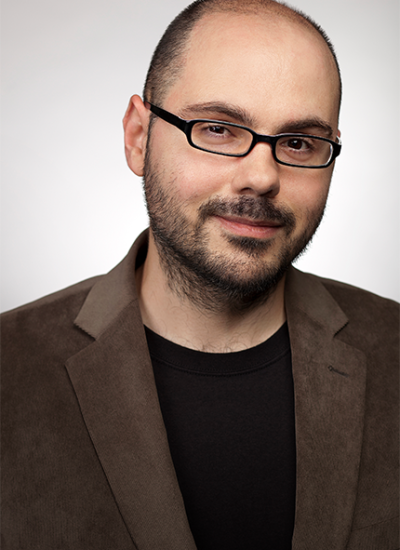Fabian Fernandez
Work Summary
Fabian-Xosé Fernandez's work includes a focus on parsing the logic used by the circadian pacemaker to interpret multidimensional light patterns, developing light-emitting diode (LED) photo-stimulation protocols to improve mental and physical health across the lifespan, and understanding the role that nocturnal wakefulness plays in suicide risk and developing countermeasures centered around light exposure.


